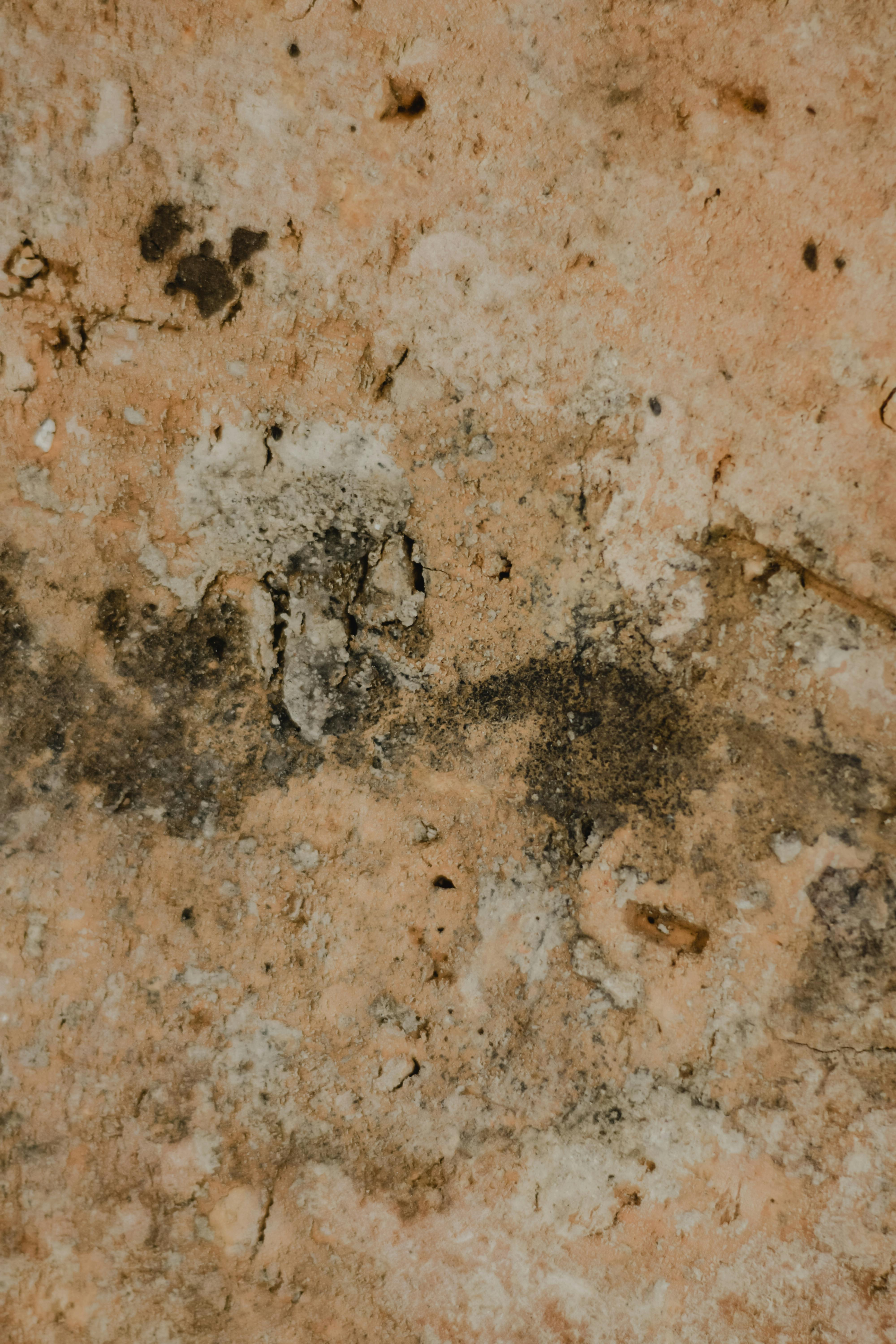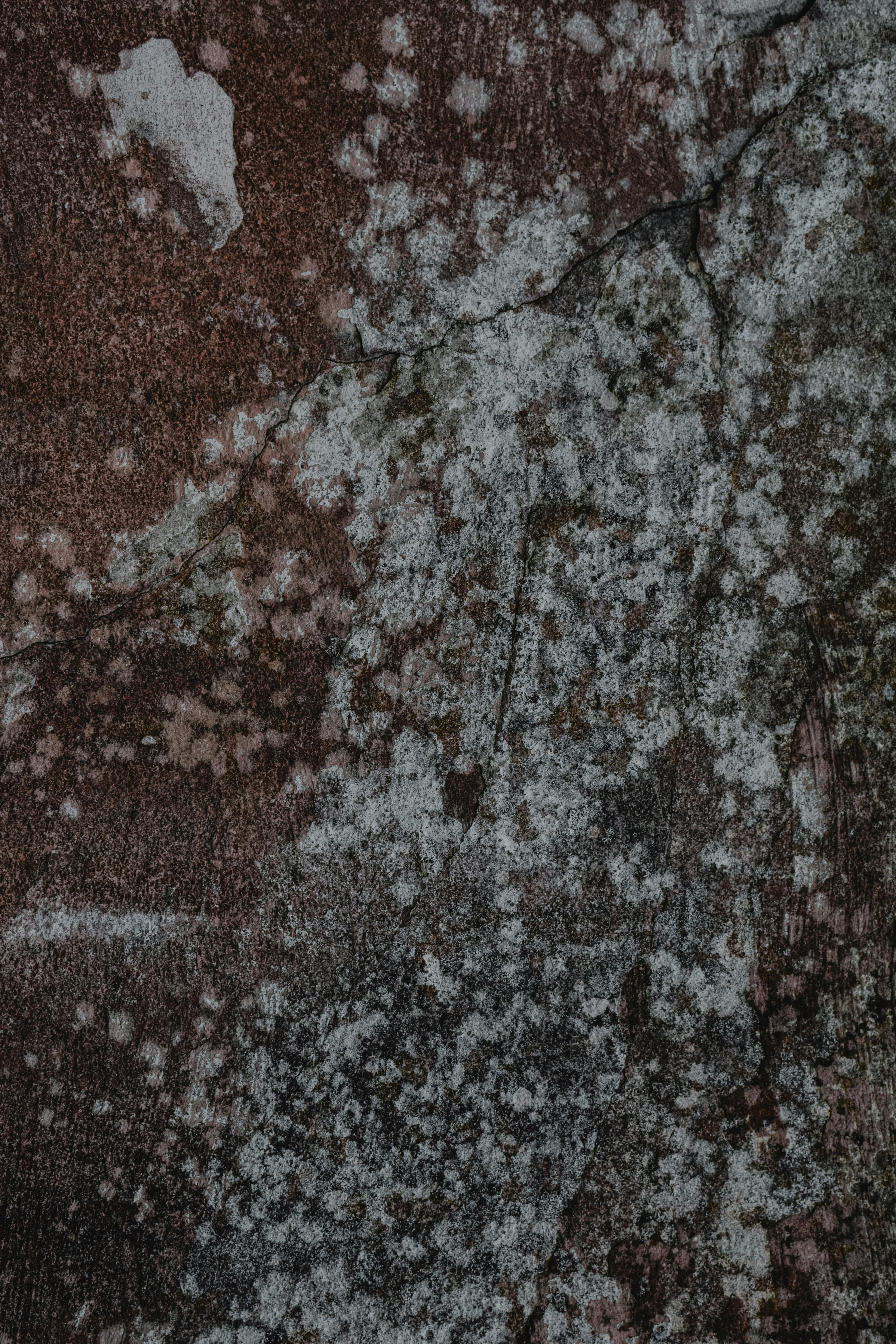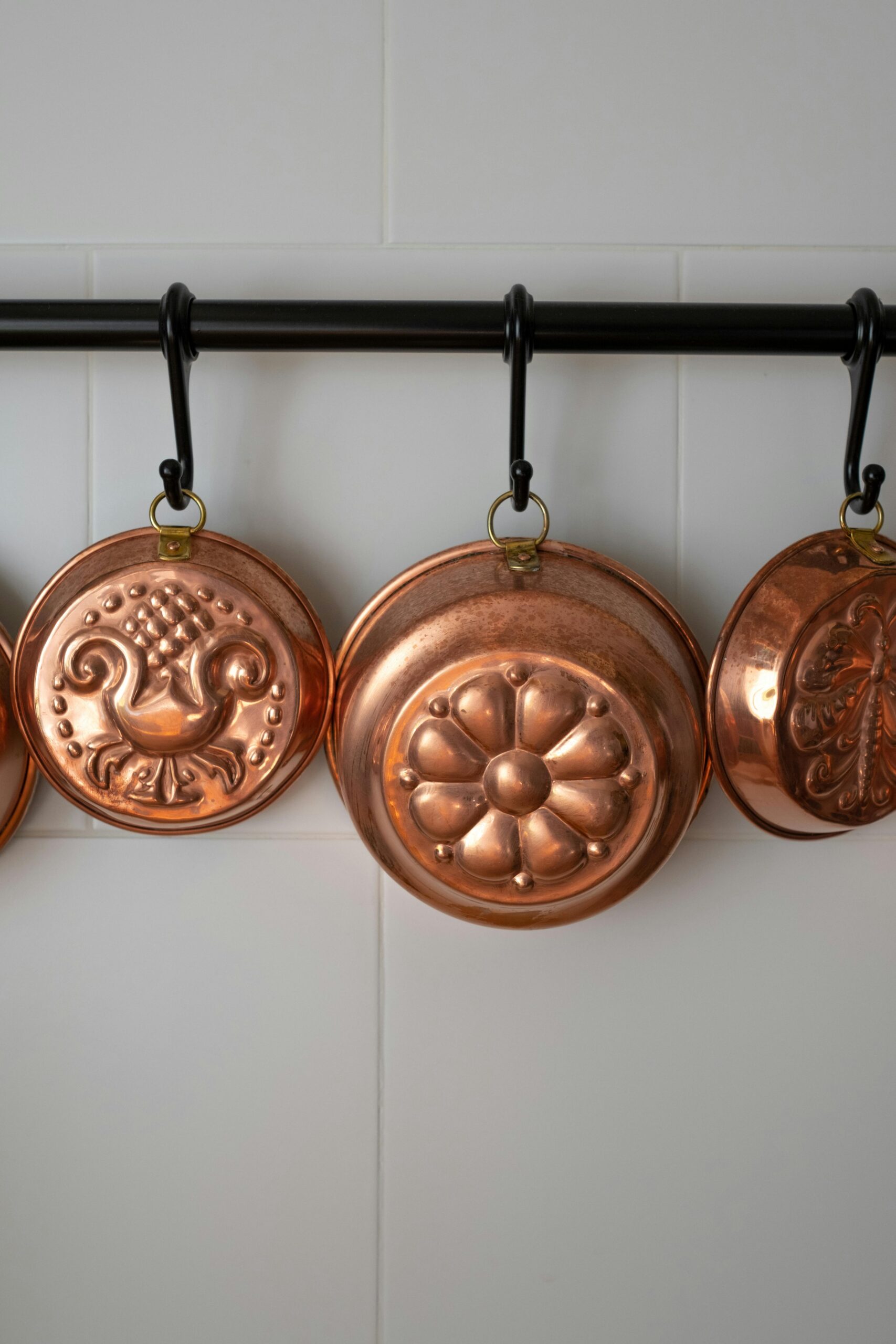Schimmel Wand: Identifying and Managing Mold on Your Walls
Understanding Schimmel Wand
**Schimmel wand**, or mold on walls, is a common issue that many homeowners face. This phenomenon occurs when moisture accumulates on surfaces, creating an ideal environment for mold growth. **Understanding the causes of schimmel wand** is crucial for effective prevention and remediation. Mold can not only damage your walls but also pose health risks to inhabitants due to allergens and respiratory irritants. Effective management and prevention of mold are necessary for maintaining a healthy indoor environment.
Causes of Schimmel Wand
There are several reasons why **schimmel wand** can develop in your home. The primary cause is moisture, often resulting from leaks, high humidity levels, or inadequate ventilation. For example, bathrooms and kitchens are particularly prone to mold due to the moisture generated by showers and cooking. In addition, poorly insulated walls can trap humidity, leading to condensation on surfaces, which fosters mold growth. To effectively combat schimmel wand, it’s vital to identify the source of moisture and address it promptly. Regular maintenance, such as checking for leaks and improving ventilation, can significantly reduce the risk of mold development.
Health Risks of Mold Exposure
Living with **schimmel wand** can have significant health implications, particularly for vulnerable populations like children, the elderly, and those with respiratory conditions. Mold spores can trigger allergic reactions, asthma attacks, and other respiratory issues. Symptoms such as sneezing, coughing, and eye irritation can be direct results of mold exposure. In severe cases, toxic mold can lead to more serious health complications. To ensure a safe living environment, it’s essential to take mold issues seriously and seek remediation if **schimmel wand** is detected.
Identifying Mold on Walls
Identifying **schimmel wand** can be straightforward if you know what to look for. Common signs include black, green, or white patches on the wall, a musty odor, and peeling paint or wallpaper. It is advisable to regularly inspect areas prone to moisture, such as around windows, bathrooms, and basements. If you suspect mold but are unsure, consider using available testing kits or consulting a professional for an inspection. Early detection is key to preventing larger infestations, so be vigilant about monitoring your living spaces.
Managing Schimmel Wand
After identifying **schimmel wand**, the next step is to manage and remove it effectively. Proper remediation techniques can eliminate mold and prevent its return. Here are some essential strategies for managing and treating mold on your walls.
Cleaning and Remediation Techniques
When dealing with **schimmel wand**, it’s crucial to take a thorough approach to cleaning and remediation. Start by wearing protective gear like gloves, masks, and goggles. Small areas of mold can often be cleaned using a mixture of water and detergent or a commercial mold remover. Scrub the affected area and ensure it dries completely afterward. For larger infestations, professional remediation services may be necessary, particularly if the mold has penetrated deeply into the material. Remember that fixing the moisture source is just as important as cleaning mold; failing to do so can lead to quick regrowth.
Preventing Future Mold Growth
Preventing **schimmel wand** involves taking proactive measures to control moisture levels in your home. Start by improving ventilation in high-moisture areas, such as bathrooms and kitchens. Installing exhaust fans can greatly help. Additionally, consider using dehumidifiers in humid regions to keep moisture levels in check. Ensure that your home is well-insulated to reduce condensation on walls, and seal any leaks promptly. Regular inspection and maintenance are key to preventing mold; by staying proactive, you can protect your home and health.
When to Call a Professional
While many mold issues can be handled on your own, there are circumstances where it’s best to consult a professional. If you experience extensive **schimmel wand** growth, or if the mold covers more than 10 square feet, it’s advisable to seek help. Additionally, if you notice health symptoms worsening or suspect the presence of toxic mold, professional intervention ensures thorough removal and safety. Remember, investing in professional inspection or remediation can save you significant headaches and costs associated with mold-related damage down the line.
Key Takeaways
- **Schimmel wand** is often caused by moisture accumulation on walls.
- Proper identification and timely action can prevent health risks associated with mold exposure.
- Effective cleaning and prevention strategies are crucial in managing mold issues.
- Consider professional help for large mold infestations or health-related concerns.
FAQ
1. What are common signs of schimmel wand in my home?
Common signs of **schimmel wand** include visible mold patches on walls, a persistent musty odor, and changes in wall texture, such as peeling paint or wallpaper. Regular inspection, especially in moisture-prone areas, can help you identify mold before it spreads further.
2. How can I prevent schimmel wand from returning?
Preventing **schimmel wand** involves maintaining low humidity levels, improving ventilation, and addressing any leaks or water damage promptly. Using dehumidifiers and ensuring proper insulation are also effective strategies to keep moisture in check and prevent mold growth.
3. Is it safe to clean mold myself?
Yes, you can clean small mold infestations on your own, but it’s important to take proper precautions. Wear protective gear and ensure the area is well-ventilated. However, if the mold covers a large area or you suspect toxic mold, it’s safer to call in professionals for remediation.
4. What health problems can schimmel wand cause?
**Schimmel wand** can lead to various health issues, particularly respiratory problems, allergies, and allergic reactions. Symptoms may include coughing, sneezing, and eye irritation, especially in individuals with existing respiratory conditions.
5. How often should I check for mold in my home?
Regular inspections for **schimmel wand** are advisable. Focus on checking moisture-prone areas, such as bathrooms, kitchens, and basements, at least once every few months, especially during changes in season when humidity levels fluctuate.


